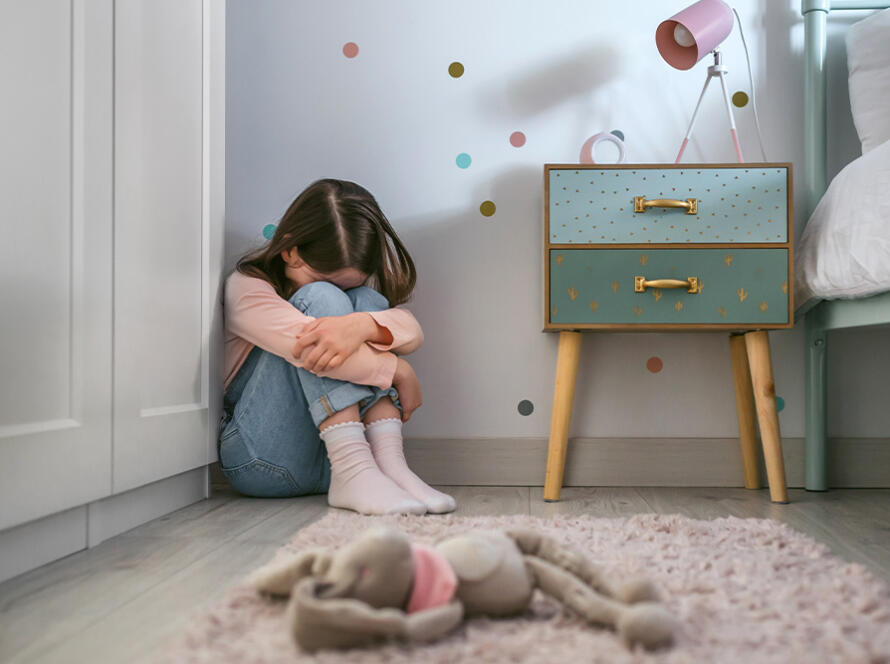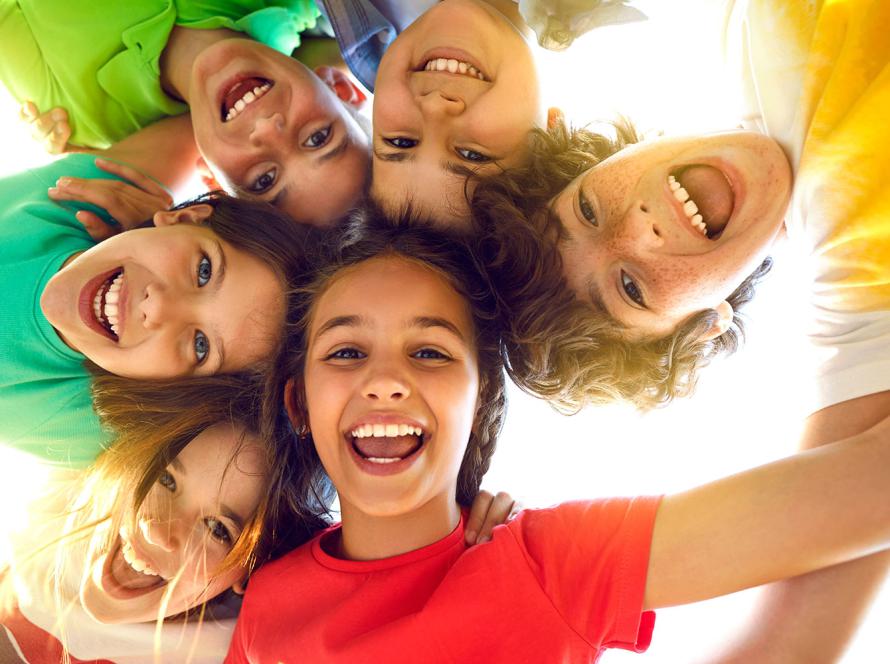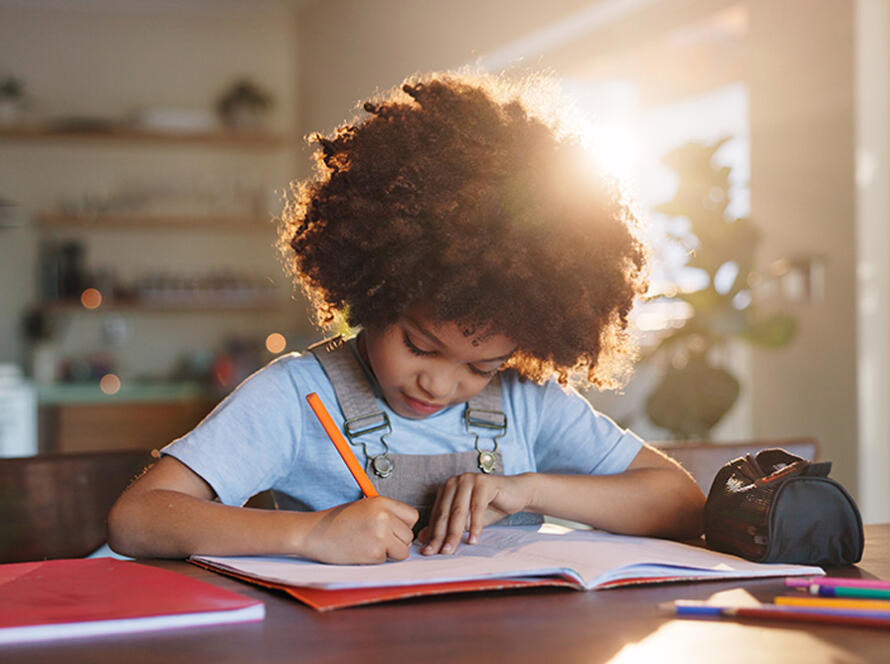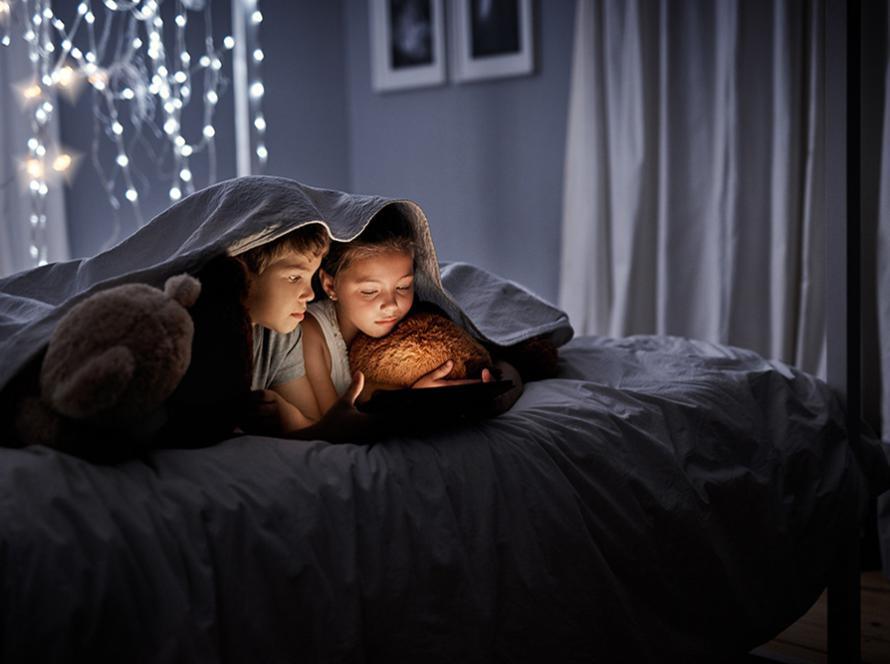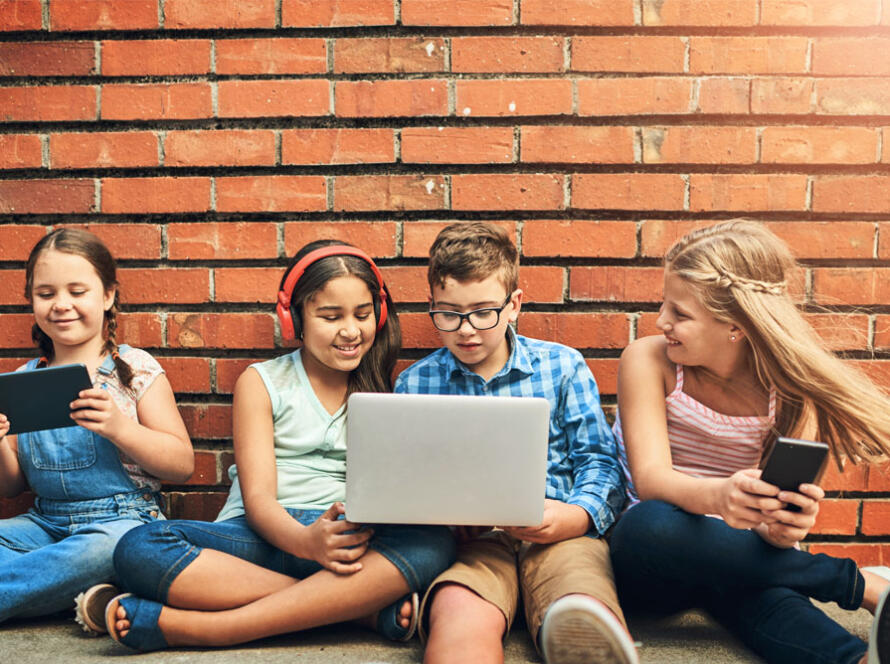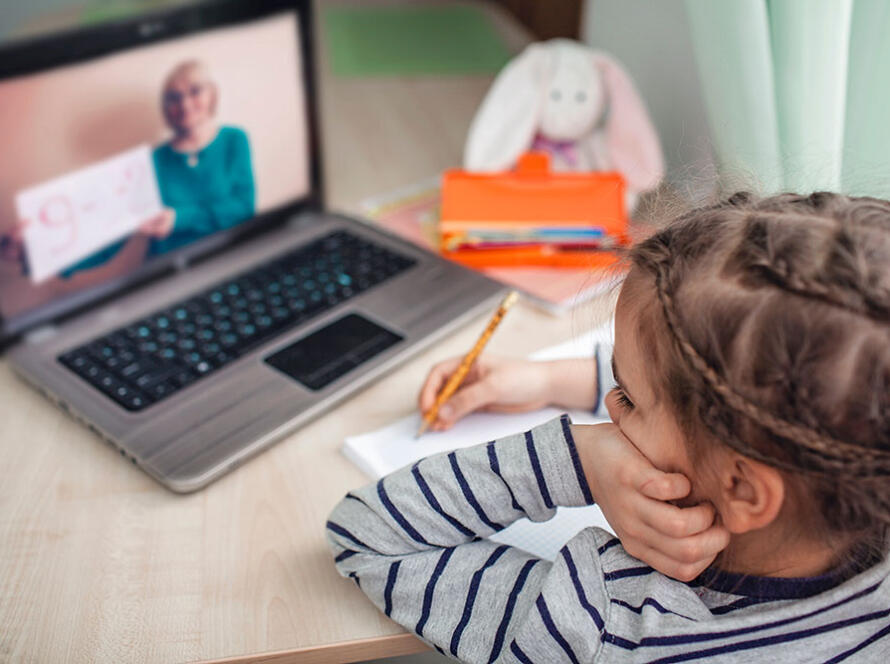Ever wonder how to give your kids a head start in our increasingly connected world? Global learning might just be what you’re looking for. It’s not about turning your little ones into mini-diplomats (though how cute would that be?). No, it’s all about opening their eyes to the big, beautiful planet we call home. From tasting new foods to learning fun facts about far-off places, global learning in early education is like a passport to adventure – no actual travel required. Buckle up! Because we’re about to take a whirlwind tour of why this approach is a game-changer for children.
What is Global Learning?
Global learning is an approach to education that prepares children to thrive in our interconnected world. It’s about fostering curiosity, empathy, and understanding across cultures from an early age.
Expanding Horizons
When you introduce global learning in early education, you’re giving kids a passport to explore the world without leaving the classroom. It’s not just about memorizing capital cities or flags. Instead, it’s about helping children see themselves as part of a bigger picture; learning about different cultures, their traditions, and the role they play in our world.
Building Bridges Through Global Learning
Global learning encourages kids to:
- Appreciate diversity: By exploring different cultures, traditions, and perspectives, children develop a deeper understanding and appreciation for the richness of human experience.
- Develop critical thinking skills: Examining global issues like poverty, climate change, and inequality fosters analytical and problem-solving abilities.
- Understand global issues: Children learn about interconnectedness and how local actions can have global impacts.
By exposing children to different perspectives, you’re laying the groundwork for them to become open-minded, compassionate global citizens who are equipped to navigate an increasingly interconnected world.
Real-World Connections
Through stories, games, and interactive activities, global learning brings the world to life for young learners. It’s about making connections between their own experiences and those of kids halfway around the globe. This approach to education helps children develop a sense of global awareness that will serve them well throughout their lives.
The Benefits of Global Learning in Early Education
In today’s interconnected world, global learning has become an essential component of early education. By introducing children to diverse cultures, languages, and perspectives, we’re preparing them for a future where global awareness is key.
Gaining a Deeper Understanding of the World
Global learning broadens your child’s worldview from an early age. They discover cultures that are different from their own, fostering a deeper appreciation for diversity. Children gain a deeper understanding of global issues, such as climate change, and develop a sense of responsibility towards our planet. By opening their minds to different perspectives, they become more empathetic and accepting of others. Global learning empowers children to become active and informed citizens of the world, ready to make a positive impact, while also fueling a sense of adventure and a lifelong curiosity about the world around them.
Boosting Language Skills Through Global Learning
One of the most significant advantages of global learning in early education is language development. Children who are exposed to multiple languages at a young age often have an easier time picking up new languages later in life. This linguistic flexibility can open doors to countless opportunities in their future academic and professional pursuits. Furthermore, learning a new language empowers children to connect with native speakers from different countries, fostering intercultural understanding and friendships.
Cultivating Global Citizens
By incorporating global perspectives into early education, we’re nurturing the next generation of global citizens. Your child will develop a deeper understanding of global issues, fostering a sense of responsibility towards our shared planet. This awareness can inspire them to become compassionate leaders and problem-solvers in an ever-changing world.
Implementing Global Learning Practices in the Classroom
Bringing global learning into your classroom doesn’t have to be daunting. With a few simple strategies, you can introduce children to diverse cultures and perspectives, fostering a more inclusive education environment.
Start with Stories
Books are powerful tools for global learning. Choose storybooks that showcase different cultures, traditions, and ways of life. As you read, encourage discussions about similarities and differences between the characters’ experiences and your students’ lives. By reading stories from around the world, children can learn to identify universal themes like friendship, courage, and perseverance, and relate these stories to their own experiences and emotions.
Embrace Technology for a Better Global Learning
To bring global learning to life, utilize virtual field trips and video chats to connect your classroom with peers around the world. Organize a ‘Global Buddies‘ program where each student pairs with a child their age from a school in another country. Through regular video calls and collaborative projects, students can learn to navigate cultural differences, develop empathy, and build meaningful friendships across borders. These real-time interactions provide a unique and engaging way for children to experience the interconnectedness of our world and foster a deeper understanding of different cultures.
Celebrate Diversity
Incorporate multicultural elements into your everyday lessons. From exploring world music to trying international recipes, these activities can spark curiosity about global cultures. These hands-on experiences also foster a sense of wonder and appreciation for the diverse cultures that make up our world.
Remember, global learning isn’t just about geography – it’s about nurturing empathy, understanding, and a broader worldview in early education. By implementing these practices, you’re helping shape children into informed, compassionate global citizens.
Conclusion
So there you have it – the lowdown on global learning for little ones. By exposing kids to diverse cultures and perspectives early on, you’re setting them up for success in our interconnected world. You’ve got tons of fun ways to bring global awareness into everyday activities. From trying new foods to learning basic phrases in other languages, the possibilities are endless. Remember, fostering curiosity about the world doesn’t have to be complicated. Start small, have fun with it, and watch as your child’s worldview expands. Who knows? You might even learn a thing or two yourself along the way!



